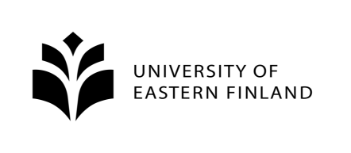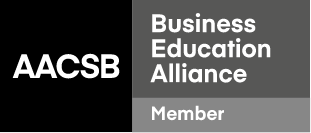This course gives a tools to describe key stakeholders and historical context of global climate action and analyze the climate science as it relates to regional changes and projected changes in temperature, weather patterns, air and water quality, and food security. After completing the course students are able to articulate the relationship between economic, political, social, and cultural factors that influence climate change local, national responses, and international responses, describe the implications of climate change on human health and evaluate policies, legislation and regulations that address climate change on human health in Finland, India, Nigeria & the U.S, and the impact of these policies on international community. After the course student also understands how to develop plans to address climate change strategies for selected groups that include social, economic, geographic, lifespan, occupational, and gender vulnerabilities. In addition analyze programs that mitigate, adapt, and build resilience to the health impacts of climate change at the local, regional, national, and global levels.
Course details
- This interdisciplinary (medical, nursing, and public health), international course will examine the impact of climate change on human health in Finland, India, Nigeria, and the U.S. Faculty (professors) and students from different regions of the world (Finland, India, Nigeria, & US) will study climate health science; strategies of mitigation and adaptation; local, national, and international policy; and real-time ground-level climate realities from each participating nation.





